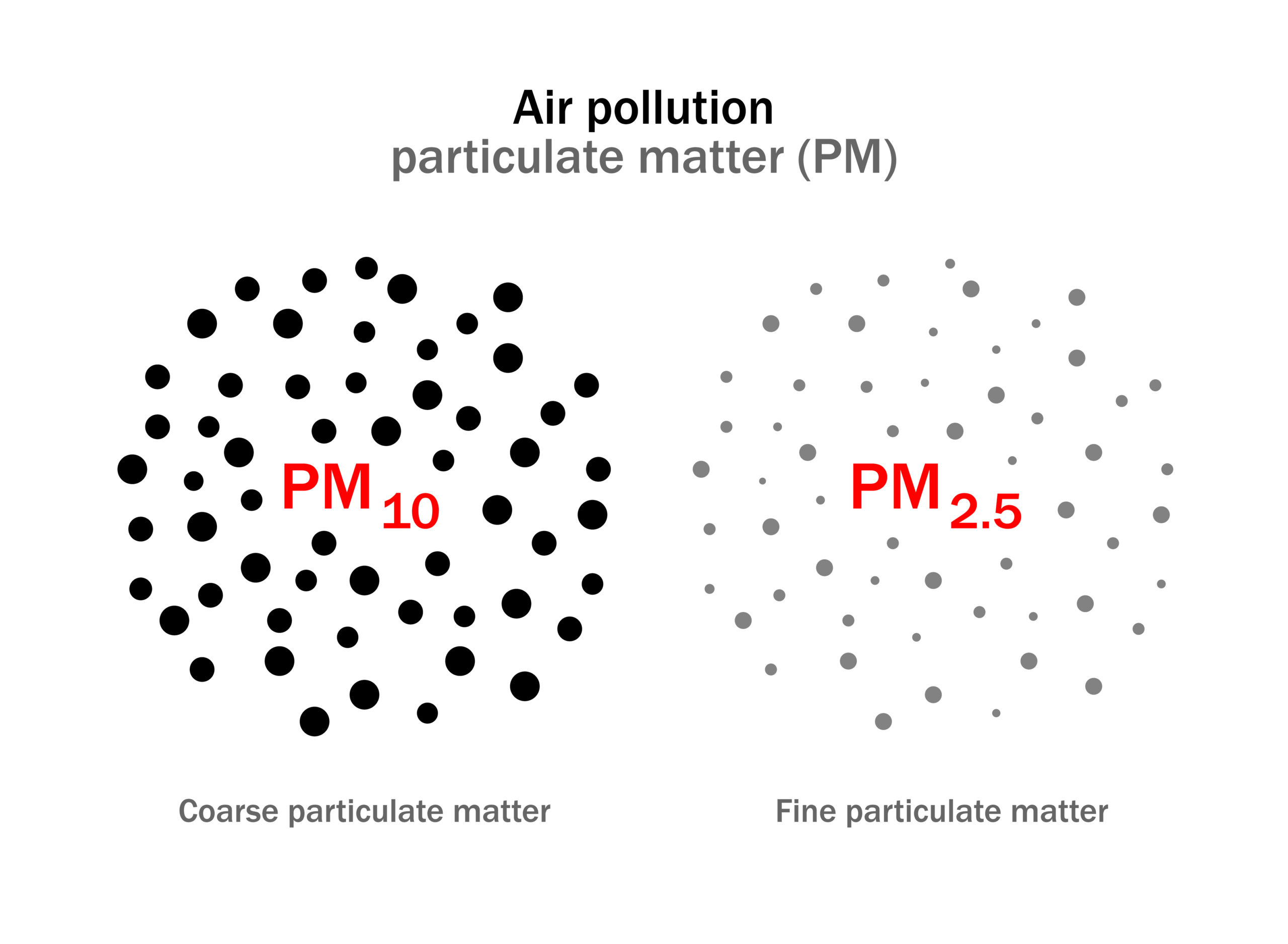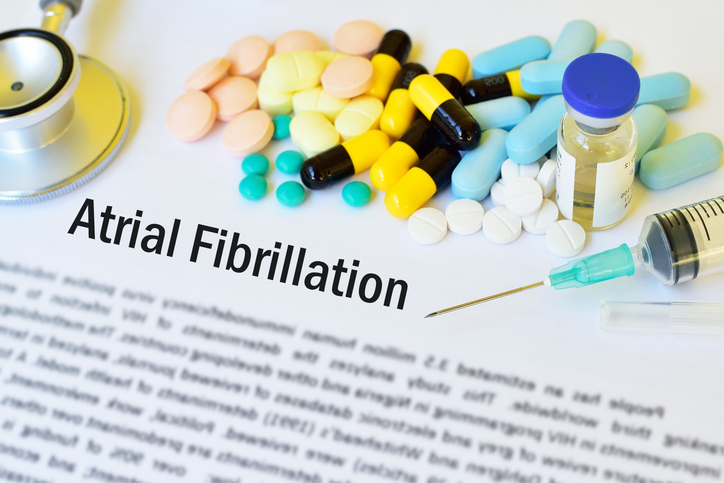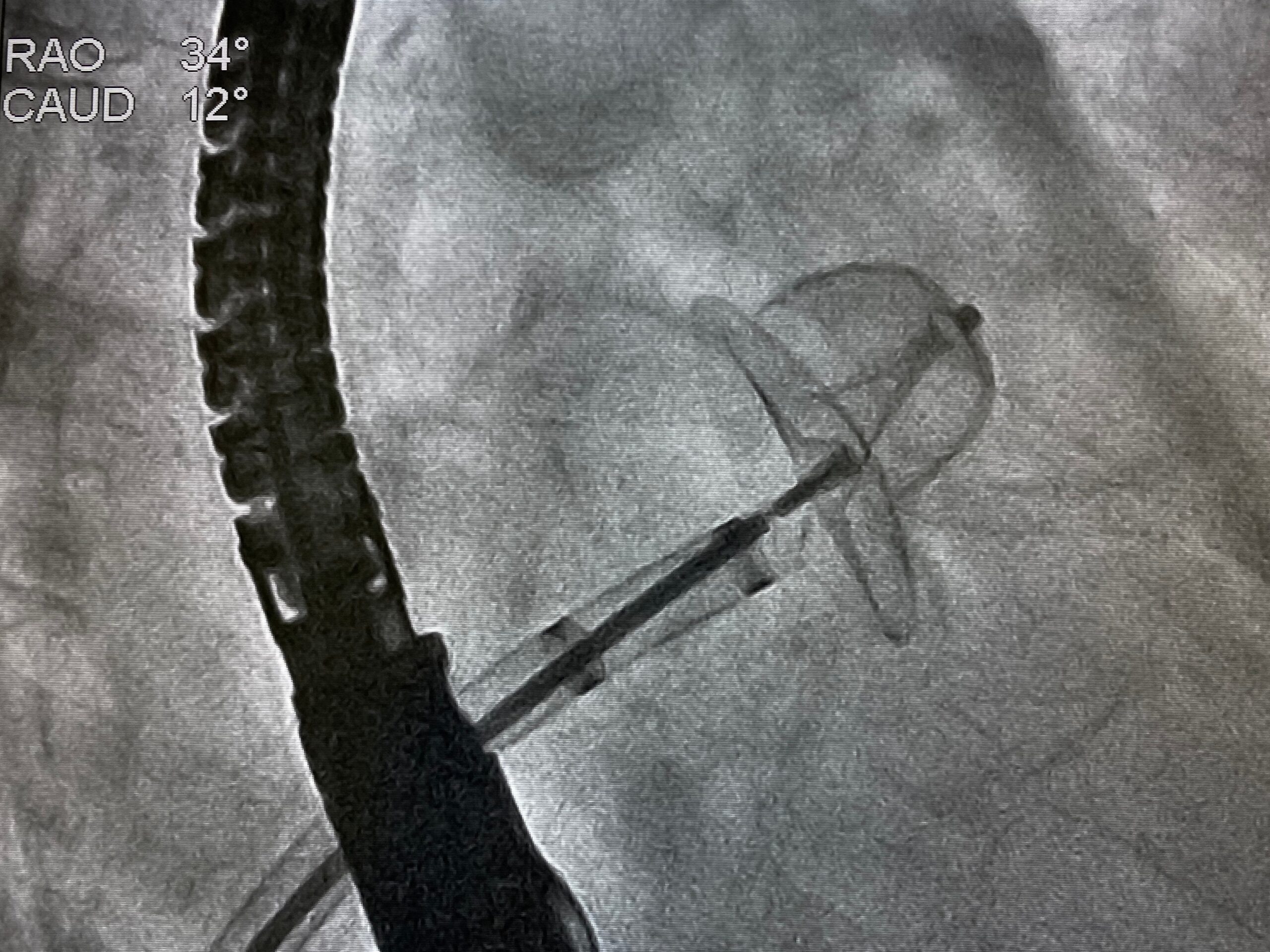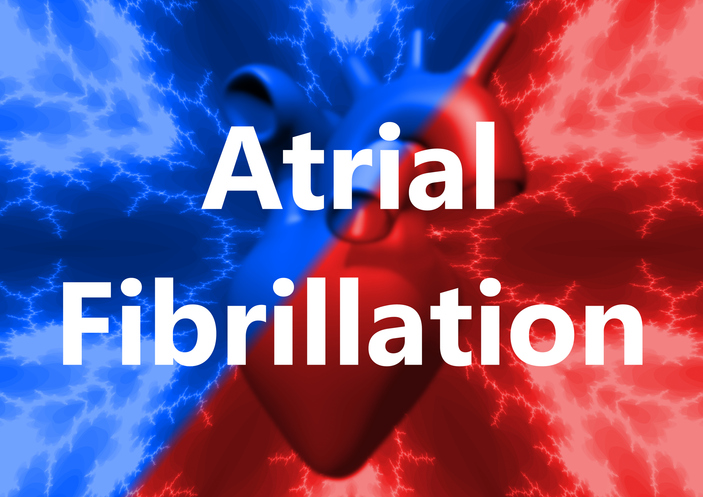
Previous studies have identified a causal link between short-term exposure to fine particulate matter (PM2.5) and increased risk of cardiovascular disease. However, according to Marcus Dahlquist and colleagues, the effect on risk for atrial fibrillation (AF) specifically is unclear. Ultimately, the researchers found that short-term increases in PM2.5 in a low-pollution-level environment increased the risk of AF episodes. Their findings were presented in Environmental Epidemiology.
The time-stratified crossover study assessed 584 episodes of atrial fibrillation from 91 patients with paroxysmal AF, as registered and recorded by the patients’ intracardiac devices. Pollution and temperature data were obtained from fixed monitoring stations.
Researchers used conditional logistic regression to evaluate associations between PM2.5, particulate matter (PM10), nitrogen dioxide (NO2), and ozone (O3) and the onset of AF episodes, adjusted for temperature and holidays.
AF Episodes Triggered by Short-Term Air Pollution Exposure
The study’s authors reported that an increased risk for AF episodes was associated with exposure to PM2.5 levels in the 48-to-72-hours (odds ratio [OR], 1.05; 95% CI, 1.01-1.09 per IQR) and 72-to-96-hours (OR, 1.05; 95% CI, 1.00-1.10 per IQR) lag models. Additionally, the authors identified an association between O3 levels and AF in the warm season, but it did not reach statistical significance. No significant associations were observed for PM10 or NO2.
The researchers noted the most prominent association between PM2.5 exposure and increased risk for AF episode was found in the 48-to-72-hour window. Their findings bolster evidence that AF may be triggered by short-term increases in air pollution, even at levels “well below” the new World Health Organization air quality guidelines of 15 µg/m3 for daily PM2.5 exposure and the annual mean levels of 5 µg/m3.
“Given the high prevalence of AF and the universal exposure to air pollution, this has a potential impact on public health and highlights the need for further population-level approaches for air pollution reduction and primary prevention of disease,” the researchers concluded.
Find More Atrial Fibrillation Research and Expert Interviews at the DocWire News Knowledge Hub







 © 2025 Mashup Media, LLC, a Formedics Property. All Rights Reserved.
© 2025 Mashup Media, LLC, a Formedics Property. All Rights Reserved.